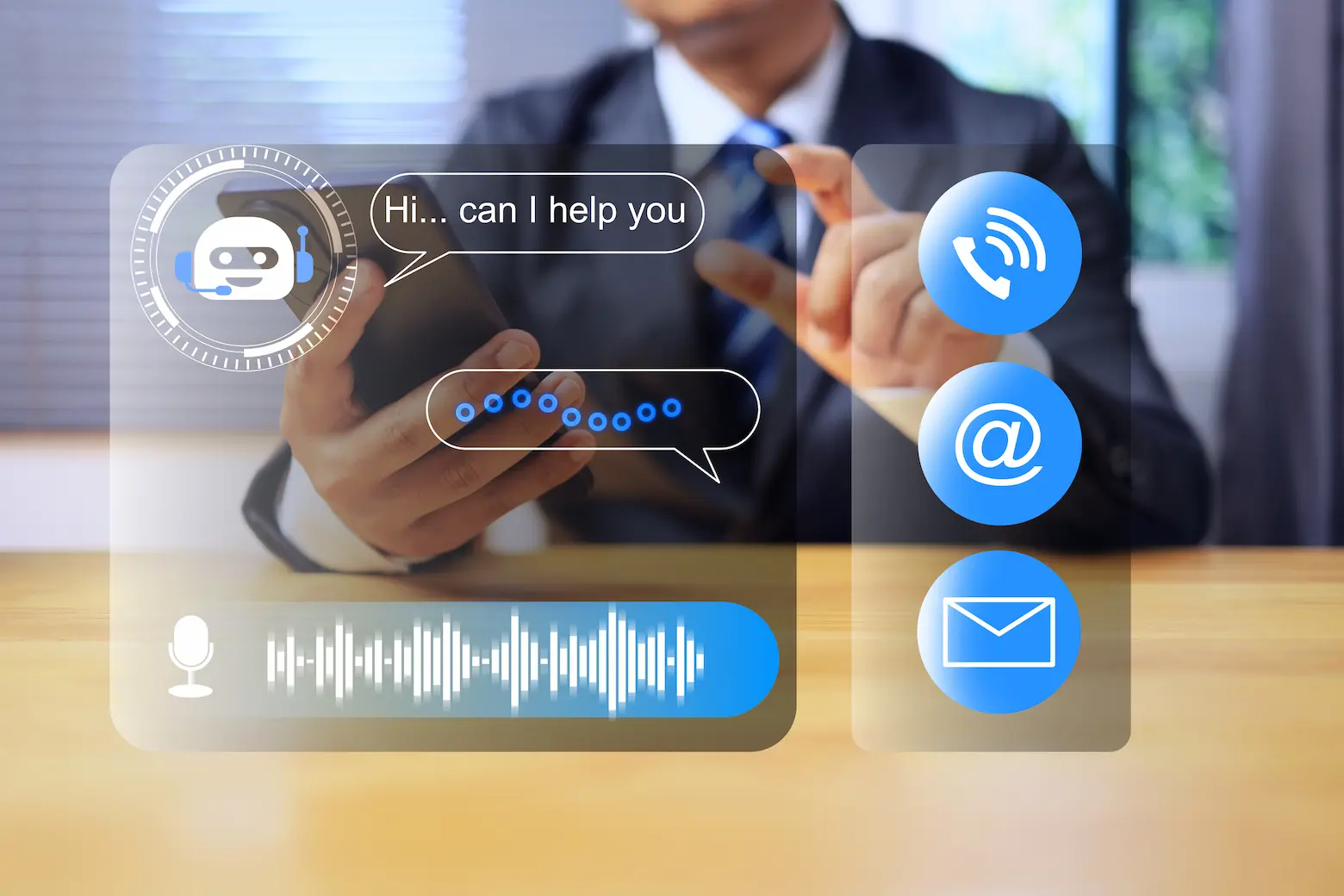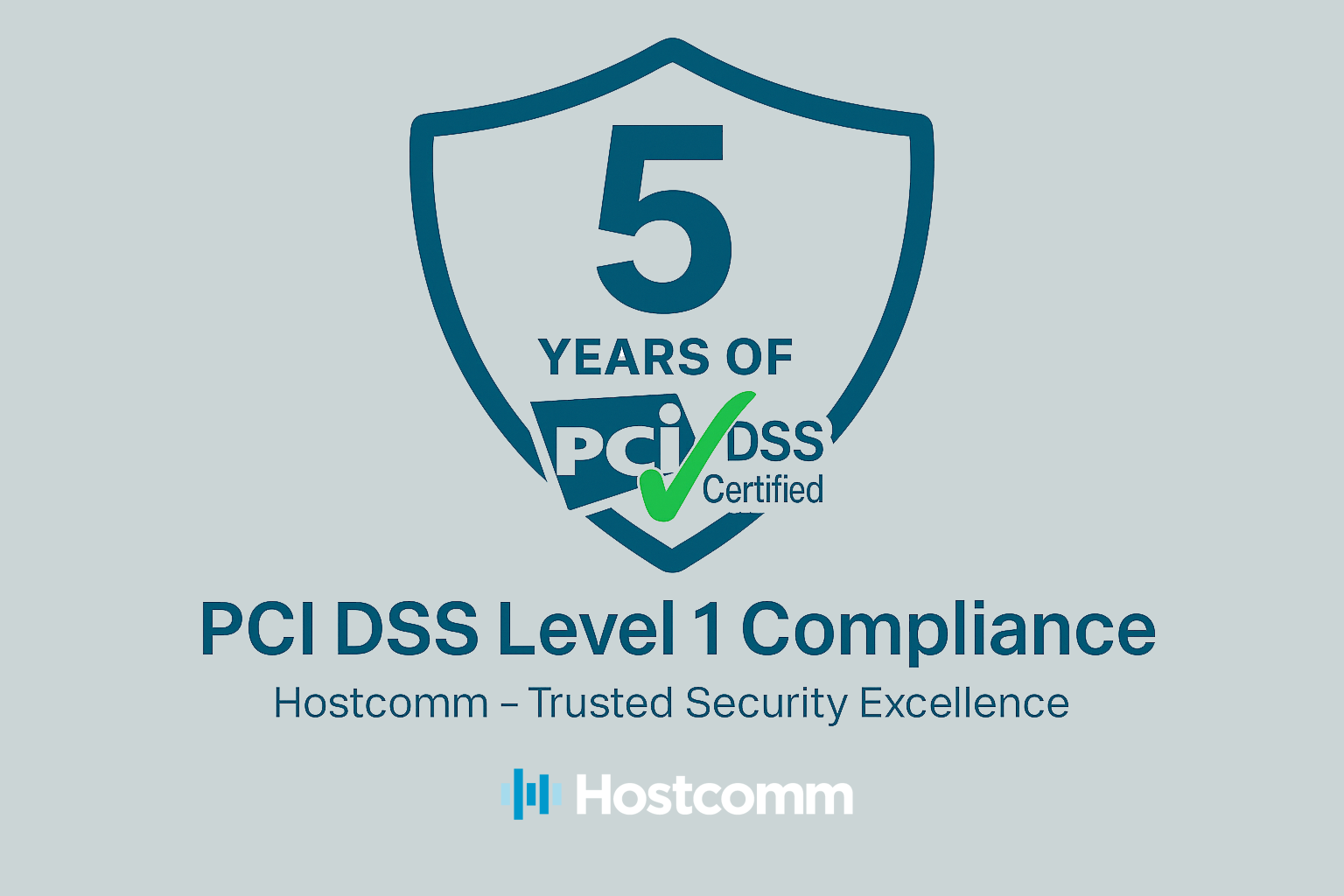Open Source vs. Proprietary LLMs: A Comprehensive Comparison

Introduction
In recent years, the field of natural language processing (NLP) has witnessed significant advancements, particularly with the emergence of large language models (LLMs). These models have radically changed various industries, enabling powerful applications such as chatbots, content generation, and sentiment analysis. As the landscape of LLMs continues to evolve, it is crucial to understand the differences between open-source models like LLama3, Grok and Mistral, and proprietary services offered by tech giants such as GPT-4, Claude-3, and Google Gemini. In this blog article, we will delve into a comprehensive comparison of these models, focusing on performance, use cases, data security, and the influence of large tech companies on biasing and alignment. Additionally, we will explore the recent advancements in local LLM deployment packages and their potential impact on businesses.
Performance Comparison
When it comes to performance, both open-source and proprietary LLMs have made significant strides. Open-source models like LLama and Mistral 7B have demonstrated impressive capabilities in various NLP tasks, such as language generation, question answering, and text classification. These models have been trained on vast amounts of diverse data, allowing them to capture a wide range of linguistic patterns and knowledge [1]. Capitalising on the speed offered by C++ (CPP) systems local LLM deployment provide eye watering speed which is also due to the focus that the premises system provides. For business users their open-source, local LLM is focussed on servicing them, without having to handle millions of other users.
Chris Key from AI contact centre provider, Hostcomm, sees the potential of open-source LLM models for AI customer service agents: "Hostcomm uses a range of LLMs for its customer services, including its internal technical support helpdesk, we have been astonished by the performance of some of the smaller LLMs such as Mistral 7b, when installed correctly with lots of GPU technology, it opens up the possibilities for some of our services such as AI customer support agents and voice services."
On the other hand, proprietary services like GPT-4, Claude-3, and Google Gemini have the advantage of being developed by well-resourced tech giants with access to extensive computational resources and proprietary datasets. These models often showcase state-of-the-art performance in specific domains and have been fine-tuned for particular use cases [2]. However, it is important to note that the performance of proprietary models may come at the cost of transparency and customisability.
Use Cases and Applications
Open-source LLMs offer a wide range of use cases and applications across various domains. LLama3 and Mistral 7B, for example, can be utilised for tasks such as content generation, language translation, sentiment analysis, and more. The open-source nature of these models allows developers and researchers to adapt and fine-tune them for specific industry requirements, enabling tailored solutions [3].
Proprietary services, on the other hand, often provide pre-built APIs and tools that cater to specific use cases. GPT-4, Claude-3, and Google Gemini have been designed to excel in areas such as conversational AI, content creation, and enterprise-level applications. These services offer convenience and ease of integration, making them attractive options for businesses looking for ready-to-use solutions [4].
Interactions with AI and language models via a telephone call have been sketchy at best due to latency (ask your favourite chat assistant a question and see how long it takes to complete), which is fine on a web chat session however on a phone call a delay of 1-2 seconds can be extremely frustrating. Locally installed systems, with plenty of GPU power can focus 100% of their resource on transcription and voice synthesis making them suitable for natural conversations over the telephone, where low latency is king.
Data Security and Privacy
Data security and privacy are critical considerations when choosing between open-source and proprietary LLMs. Open-source models provide transparency in terms of data handling and processing. Users have full control over the data they feed into the models and can ensure that sensitive information remains within their own infrastructure [5]. Open-source models can be firewalled, providing a private service to the organisations customers and internal employees. This is particularly important when handling PII, medical and payment data where full control and accountability is critical.
Proprietary services, while offering robust security measures, may raise concerns regarding data privacy. As the data is processed on the servers of large tech companies, there is a potential risk of data breaches or unauthorised access. Additionally, the lack of transparency in how the data is used and stored can be a point of concern for businesses dealing with sensitive information [6].
Biasing and Alignment
The influence of large tech companies on the development and deployment of large language models (LLMs) is a topic of growing concern in the AI community. As these companies invest heavily in AI research and development, their proprietary models have become increasingly powerful and widely used.
However, the development process of these models is often opaque, and the companies behind them have their own agendas, goals, and biases. These biases can be introduced at various stages of the model development process, such as data selection, preprocessing, and model architecture design. For example, if the training data is skewed towards certain demographics or viewpoints, the resulting model may perpetuate those biases in its generated outputs [7]. Moreover, the companies developing these models may have specific use cases or target audiences in mind, which can further influence the model's behavior and outputs. For instance, a company focused on e-commerce may prioritise generating product descriptions and recommendations, while a company specialising in news media may emphasise generating news articles and summaries.
In contrast, open-source models provide a more transparent and collaborative approach to LLM development. By making the model architecture, training data, and source code publicly available, open-source projects allow researchers, developers, and the broader community to scrutinise the model for potential biases and propose improvements [8]. This transparency enables the use of techniques such as debiasing and adversarial training to mitigate biases in the model. Debiasing involves identifying and removing biases from the training data or the model itself, while adversarial training introduces counterfactual examples to help the model learn to generate more balanced and diverse outputs.
Furthermore, the open-source approach fosters collaboration and diversity within the AI community. Researchers and developers from different backgrounds and perspectives can contribute to the development and refinement of these models, leading to a more inclusive and representative ecosystem. However, it is important to note that open-source models are not immune to biases. The training data used for these models may still contain biases, and the developers involved in the project may bring their own biases to the table. Therefore, ongoing efforts to identify and address biases remain crucial, regardless of the model's development approach.
While proprietary models developed by large tech companies have the potential to perpetuate biases based on the companies' agendas and goals, open-source models offer a more transparent and collaborative approach to addressing these issues. By fostering community involvement and enabling the use of debiasing techniques, open-source projects can help create a more inclusive and diverse LLM ecosystem.
Local LLM Deployments
Recent advancements in local LLM deployments have opened up new possibilities for businesses. LLamafile is a framework that enables the deployment of LLMs like LLama on local hardware, eliminating the need for cloud-based services [9]. This approach offers several benefits, including enhanced data security, reduced latency, and cost savings.
By deploying LLMs locally, businesses can maintain complete control over their data and ensure that sensitive information remains within their own infrastructure. This is particularly valuable for industries with strict data privacy regulations, such as healthcare and finance. Additionally, local deployments eliminate the dependency on internet connectivity, enabling faster response times and improved performance [10].
Conclusion
The comparison between open-source LLMs like LLama, Falcon and Mistral and proprietary services like GPT-4, Claude-3, and Google Gemini highlights the diverse landscape of language models available today. While proprietary services offer state-of-the-art performance and convenience, open-source models provide transparency, customisability, and the ability to address biases collaboratively.
The emergence of local LLM deployments, such as LLamafile, presents a promising avenue for businesses seeking enhanced data security and control. As the field of NLP continues to evolve, it is essential for organisations to carefully evaluate their requirements and choose the most suitable LLM solution based on factors such as performance, use cases, data privacy, and alignment with their values and goals.
References
[1] Radford, A., Wu, J., Child, R., Luan, D., Amodei, D., & Sutskever, I. (2019). Language models are unsupervised multitask learners. OpenAI blog, 1(8), 9.
[2] Brown, T. B., Mann, B., Ryder, N., Subbiah, M., Kaplan, J., Dhariwal, P., ... & Amodei, D. (2020). Language models are few-shot learners. arXiv preprint arXiv:2005.14165.
[3] Weidinger, L., Mellor, J., Rauh, M., Griffin, C., Uesato, J., Huang, P. S., ... & Gabriel, I. (2021). Ethical and social risks of harm from language models. arXiv preprint arXiv:2112.04359.
[4] Bommasani, R., Hudson, D. A., Adeli, E., Altman, R., Arora, S., von Arx, S., ... & Liang, P. (2021). On the opportunities and risks of foundation models. arXiv preprint arXiv:2108.07258.
[5] Carlini, N., Tramer, F., Wallace, E., Jagielski, M., Herbert-Voss, A., Lee, K., ... & Papernot, N. (2021). Extracting training data from large language models. arXiv preprint arXiv:2012.07805.
[6] Bender, E. M., Gebru, T., McMillan-Major, A., & Shmitchell, S. (2021). On the dangers of stochastic parrots: Can language models be too big. Proceedings of FAccT.
[7] Blodgett, S. L., Barocas, S., Daumé III, H., & Wallach, H. (2020). Language (technology) is power: A critical survey of "bias" in NLP. arXiv preprint arXiv:2005.14050.
[8] Bolukbasi, T., Chang, K. W., Zou, J. Y., Saligrama, V., & Kalai, A. T. (2016). Man is to computer programmer as woman is to homemaker? Debiasing word embeddings. Advances in neural information processing systems, 29.
[9] LLamaFile. (2023). LLamaFile: Deploy LLMs on your local hardware. Retrieved from https://llamafile.com/
[10] Strubell, E., Ganesh, A., & McCallum, A. (2019). Energy and policy considerations for deep learning in NLP. arXiv preprint arXiv:1906.02243.
For more information or to discuss AI customer service agents in general please contact Hostcomm at www.hostcomm.co.uk or visit our web site at https://www.hostcomm.co.uk/sol...
Subscribe to newsletter
Want to learn more about how we can help your business grow?
Related Articles
Delve into a rich tapestry of knowledge and inspiration in our blog section. Unleash the potential of your coding journey as we explore industry trends.





